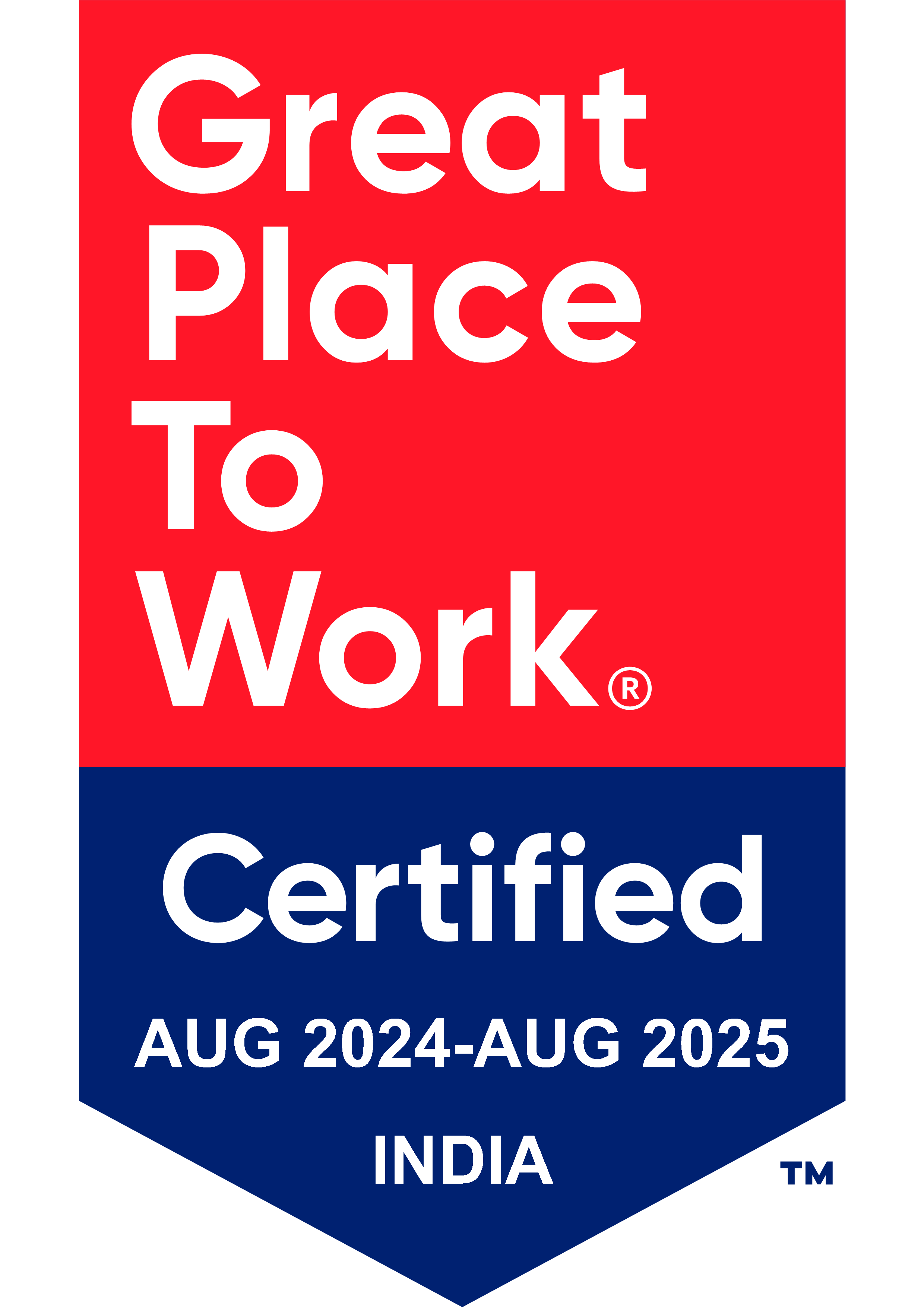Supply Chain Cost Reduction in CPG Firms through Data-Driven Optimization
- Team Aays

- May 3, 2023
- 3 min read
Updated: Nov 6, 2024

By investing in data-driven insights, CPG companies can significantly reduce costs and clear out inefficiencies associated with their supply chain networks, leading to enhanced profitability across the value chain.
In CPG industry, managing supply chain costs is essential to maintain profitability and competitiveness. The increasing costs of sourcing, inventory, warehousing, and dispatch can have a significant impact on the operating profits of companies. Additionally, the dynamic choices and evolving consumer behaviour further add to the complexity of the supply chains of CPG companies.
To overcome these multidimensional issues, data-driven solutions can provide valuable insights to enhance the fragmented supply chains of CPG companies. These data insights can help optimize demand projections, inventory management, warehouse efficiency, and cost optimization, leading to improved overall results for CPG companies.
This article delves into the power of data analytics and artificial intelligence (AI) in CPG supply chain cost reduction, highlighting key strategies and technologies used to optimize resources and enhance overall supply chain performance.
Key Strategies for CPG Supply Chain Cost Reduction
1) Demand Forecasting and Inventory Optimization
Demand forecasting plays a pivotal role in supply chain cost reduction by enabling CPG firms to accurately anticipate consumer needs, minimizing both overstock and stockouts. Leveraging machine learning algorithms, companies can analyze historical sales data, seasonal trends, and even external factors like economic shifts or weather patterns. Predictive analytics enhances inventory planning, ensuring optimal stock levels while freeing up cash flow. For example, just-in-time (JIT) inventory strategies informed by data insights can significantly lower holding costs and minimize waste.
2) Transportation and Logistics Optimization
Data-driven insights can prove crucial in optimising the cost associated with transportation. As logistics accounts for a major portion of the total supply chain costs, cost optimisation in this area can yield significant benefits for the companies. AI and ML-driven algorithms can prove instrumental in identifying ideal routes, building warehouses, locating distribution centres, and analysing patterns to offer a range of optimization techniques associated with logistics. All these insights help CPG companies to identify the inadequacies and optimize the logistics cost to realize better efficiency and effectiveness in transport operations.
3) Supplier Performance Management
Advanced data analysis techniques are very helpful in collecting, analysing, and controlling the performance of suppliers on a range of parameters including quality, delivery time, and cost among others. The data obtained on these critical aspects can be analyzed to evaluate the suppliers' performance and identify areas that need improvement in the value chain. By implementing corrective measures, the suppliers' overall performance can be enhanced, leading to improved product quality and performance thus enabling companies to achieve their goals while optimizing costs
4) Warehouse and Fulfillment Optimization
Efficient warehouse operations contribute significantly to CPG supply chain cost reduction. AI-powered warehouse management systems (WMS) analyze data on product movement, picking patterns, and storage requirements to streamline inventory flow. Robotics and automated storage and retrieval systems (AS/RS) further enhance efficiency, reducing manual labor costs and improving fulfillment speed. Data-driven insights also support effective space utilization and workflow design, reducing the risk of bottlenecks and enabling faster turnaround times.
5) Procurement and Prime Spend Optimization
AI and ML-powered data analysis models aid in optimizing procurement costs through various means. These data insights can help organizations improve their spending management by reconfiguring their supply network and procurement processes. Analytics can enable better visibility and control over raw material and packaging expenses, helping clients identify the brands or SKUs most affected by cost increases. This information can provide valuable insight into pricing decisions
How AI and Data Analytics Drive CPG Supply Chain Cost Reduction
The adoption of AI and machine learning within the CPG industry is transforming traditional supply chain processes. From deep learning models for demand prediction to natural language processing (NLP) for real-time feedback analysis, these tools generate insights that streamline operations and improve decision-making. Real-time data feeds from IoT devices across the supply chain also enhance visibility, enabling end-to-end supply chain visibility that facilitates agile and informed responses to disruptions.
Conclusion
The potential for data-driven insights to revolutionize the supply chain networks of CPG firms is significant. The application of AI and ML in data analysis techniques has further improved the effectiveness of these models. Leveraging AI-driven data insights, CPG companies can significantly reduce their supply chain costs, ultimately leading to enhanced profitability for the organization.
The article was originally published in Dataquest.









Comments